Growing Mulberry Trees: How To Grow A Fruitless Mulberry Tree
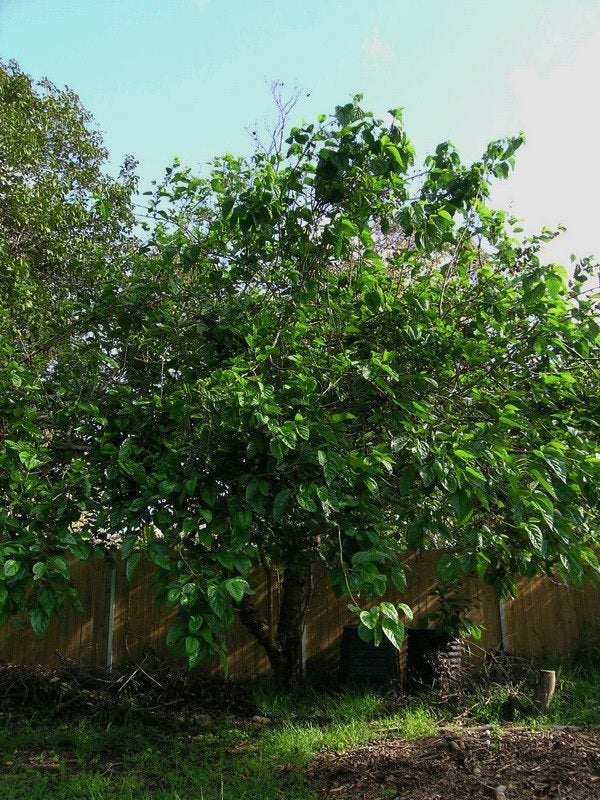

The problem with growing mulberry trees is the berries. They create a mess on the ground beneath the trees and stain everything they come in contact with. In addition, the birds that eat the berries disburse the seeds, and the species has become invasive in the wild. Fruitless mulberry trees (Morus alba 'Fruitless') are just as appealing as the fruited varieties, but without the mess or the invasive potential. So what is a fruitless mulberry tree? A fruitless mulberry tree is an excellent choice for a medium to large shade tree in home landscapes. It grows 20 to 60 feet (6-18 m.) tall with a dense canopy as much as 45 feet (14 m.) wide. This handsome tree has dark green foliage in summer which turns yellow before it drops in fall.
How to Grow a Fruitless Mulberry Tree
When growing fruitless mulberry trees you should plant the trees in full sun or partial shade. You'll also want to plant the trees at least 6 feet (2 m.) from sidewalks, driveways, and foundations because their strong roots can lift and crack cement and pavement. The trees tolerate almost any type of soil, but do best in a well-drained, loamy soil. Trees benefit from staking the first year. Young trees tend to be top-heavy and the trunks snap easily in strong winds. If the stake is left in place more than a year, it may do more harm than good.
Fruitless Mulberry Care
Growing fruitless mulberry trees is easy because the trees require very little care. Once established it withstands both drought and extended flooding, but it will grow faster if watered during dry spells. The tree doesn't need fertilizer until its second year. A 2 inch (5 cm.) layer of compost in spring is ideal. Spread the compost under the canopy and a few feet (1 m.) beyond it. If you want to use a granular fertilizer instead, choose one with a ratio of about 3:1:1.
Pruning Fruitless Mulberry
Pruning fruitless mulberry trees is another factor of fruitless mulberry care. Mature trees seldom need pruning, but you may need to shape young trees and remove or shorten branches that droop too close to the ground. The best time to prune mulberries is in winter after the leaves have dropped. Remove broken or diseased branches any time of year.
Gardening tips, videos, info and more delivered right to your inbox!
Sign up for the Gardening Know How newsletter today and receive a free copy of our e-book "How to Grow Delicious Tomatoes".

Jackie Carroll has written over 500 articles for Gardening Know How on a wide range of topics.
-
 Looking For Plants To Give You The Soft And Fuzzies? Try These 5 Fuzzy Leaf Plant Options
Looking For Plants To Give You The Soft And Fuzzies? Try These 5 Fuzzy Leaf Plant OptionsLovers of texture, drama, silver foliage and tactile plants will adore these special sensory garden additions. These fuzzy leaf plant options will leave you all aglow
By Susan Albert
-
 Get Ready For A Summer Of Hummers! Grow These Full Sun Hummingbird Plants and Flowers
Get Ready For A Summer Of Hummers! Grow These Full Sun Hummingbird Plants and FlowersIf you’re lucky enough to enjoy a sunny backyard, make sure you are maxing out on your pollinator opportunities and grow these full sun hummingbird plants and flowers
By Tonya Barnett
-
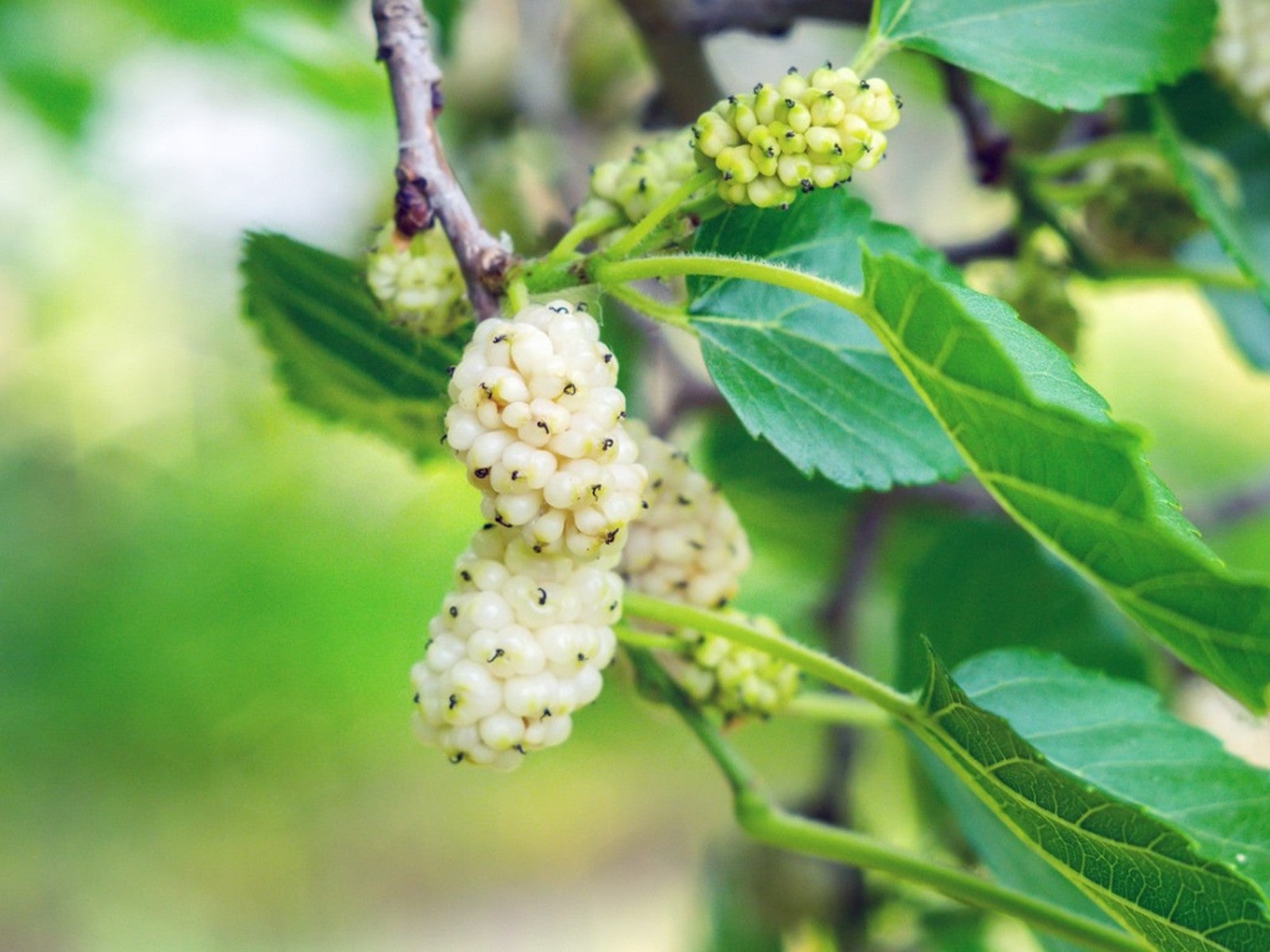 White Mulberry Info: Tips On Caring For White Mulberry Trees
White Mulberry Info: Tips On Caring For White Mulberry TreesIf you're not put off by their messy fruit, there are many types of mulberries to choose from for the landscape. This article will cover white mulberry trees, which may be fruiting or fruitless. Click here for more information on white mulberry care in the garden.
By Darcy Larum
-
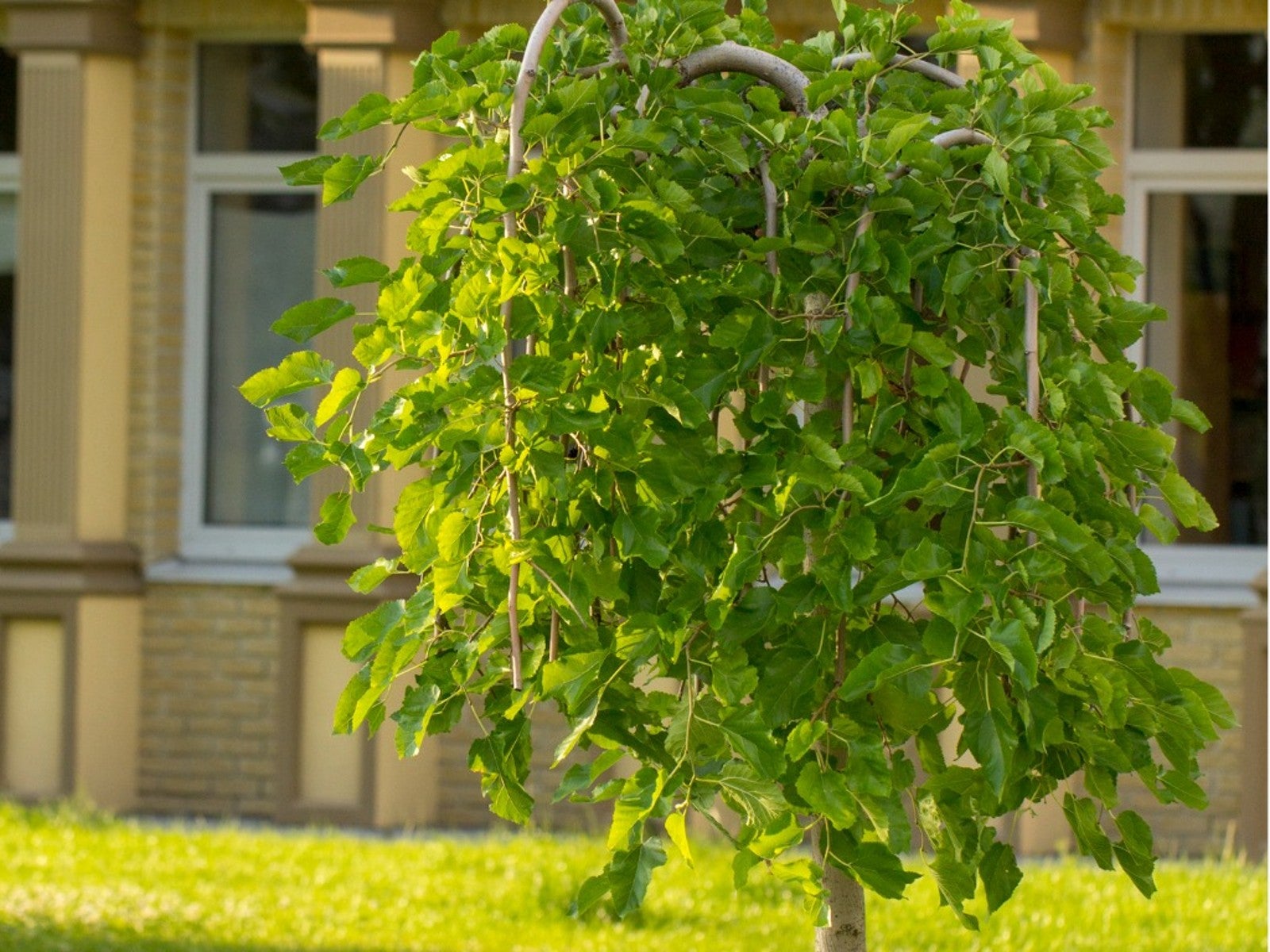 What Is A Weeping Mulberry: Learn About Weeping Mulberry Tree Care
What Is A Weeping Mulberry: Learn About Weeping Mulberry Tree CareOnce used to feed valuable silkworms, the weeping mulberry is a uniquely beautiful addition to any landscape, is easy to grow, and produces delicious berries.
By Amy Grant
-
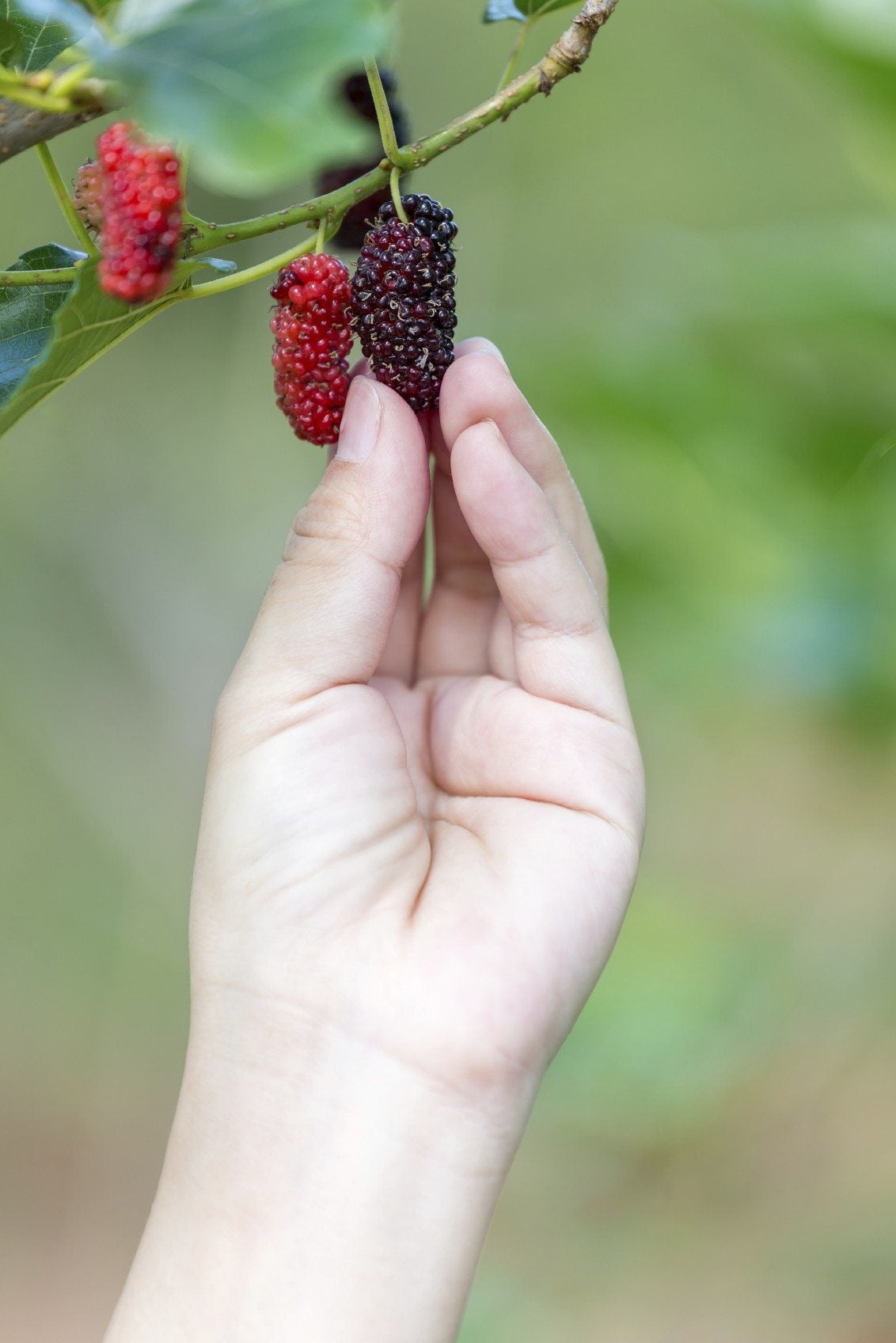 Mulberry Tree Harvest: Tips On How To Pick Mulberries
Mulberry Tree Harvest: Tips On How To Pick MulberriesIf you live in USDA zones 5-9, you can enjoy your very own mulberry tree harvest. The question is "When to pick mulberries?". This leads to a follow-up question about how to pick mulberries. Learn the answers to both questions in this article.
By Amy Grant
-
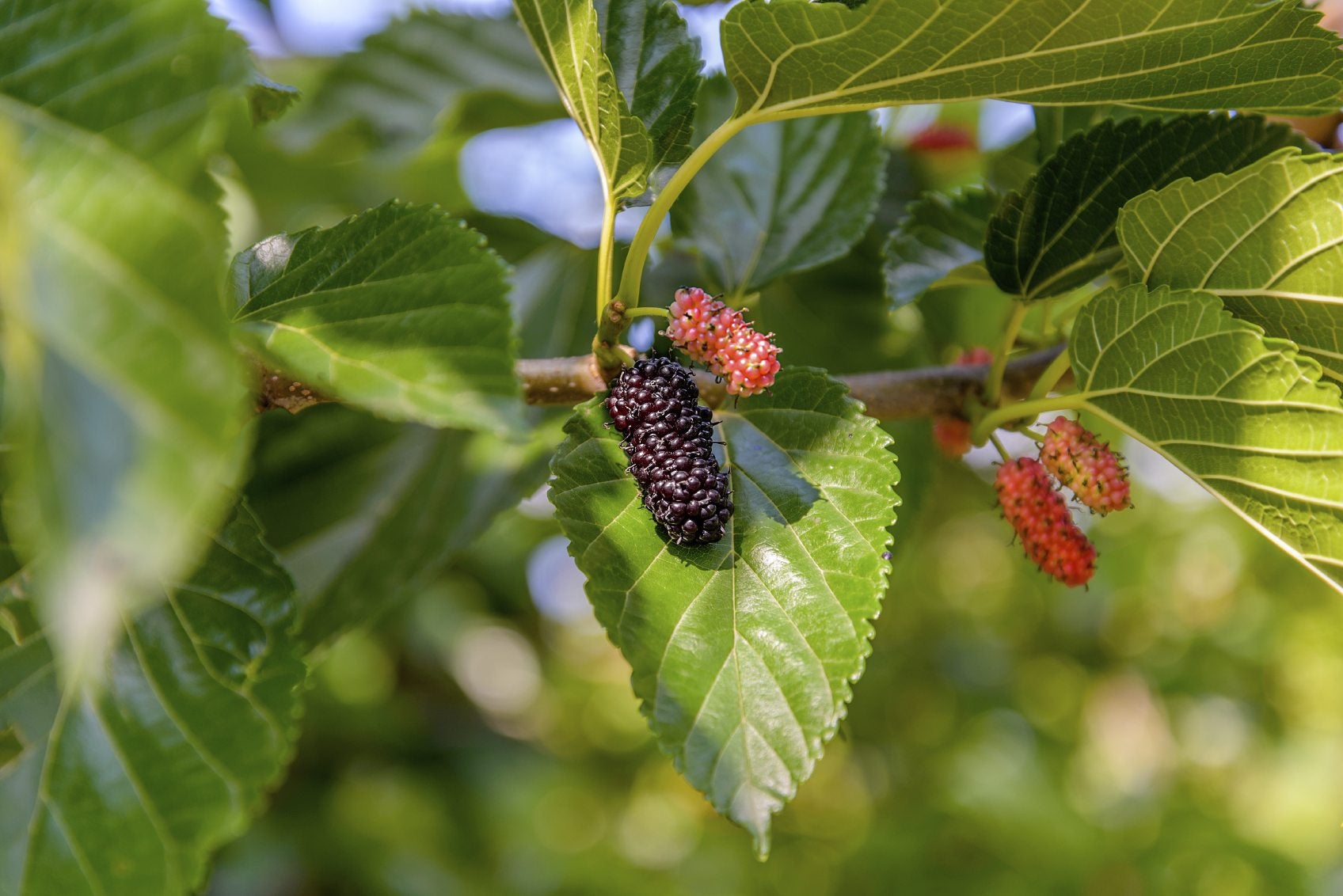 Dwarf Mulberry Tree Facts: How To Grow A Mulberry Tree In A Pot
Dwarf Mulberry Tree Facts: How To Grow A Mulberry Tree In A PotMulberries are easy to grow, abundant, and fast growing, which makes them perfect for containers. If you're interested in growing mulberries in containers, click this article to find out how to grow a mulberry tree in a pot and other dwarf mulberry tree facts.
By Amy Grant
-
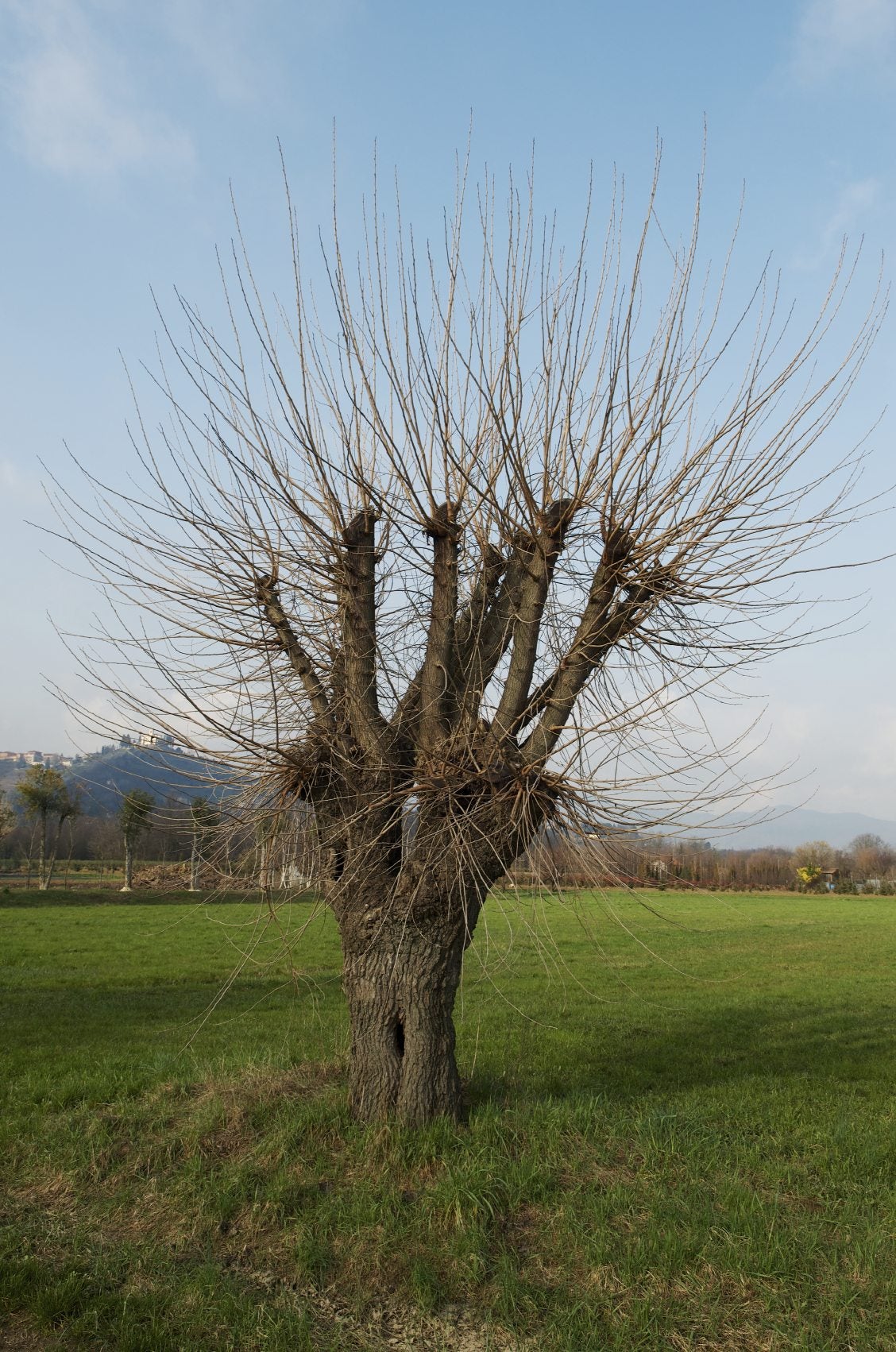 Mulberry Trimming – Learn When And How To Prune A Mulberry Tree
Mulberry Trimming – Learn When And How To Prune A Mulberry TreeMulberry trees can reach 30'-70' depending on the species. They are fantastic shade trees. Due to their quick growth, pruning mulberry trees is often necessary. The information found in this article can help get you started with mulberry trimming.
By Karen Boness
-
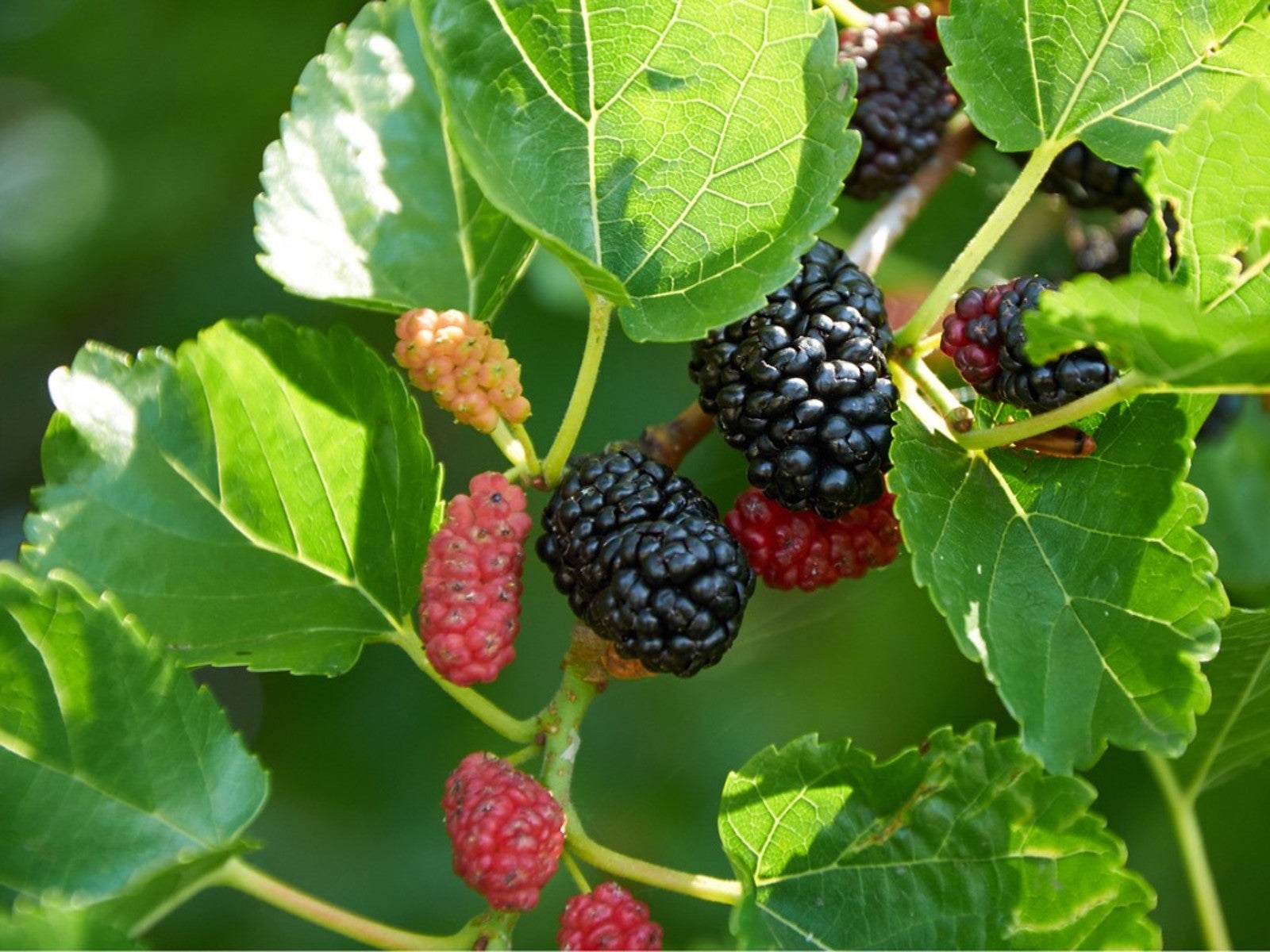 Mulberry Tree Care – Learn How To Grow Mulberry Trees
Mulberry Tree Care – Learn How To Grow Mulberry TreesInterested in learning about how to grow mulberry trees? This article will help get you started with mulberry tree care.
By Amy Grant
-
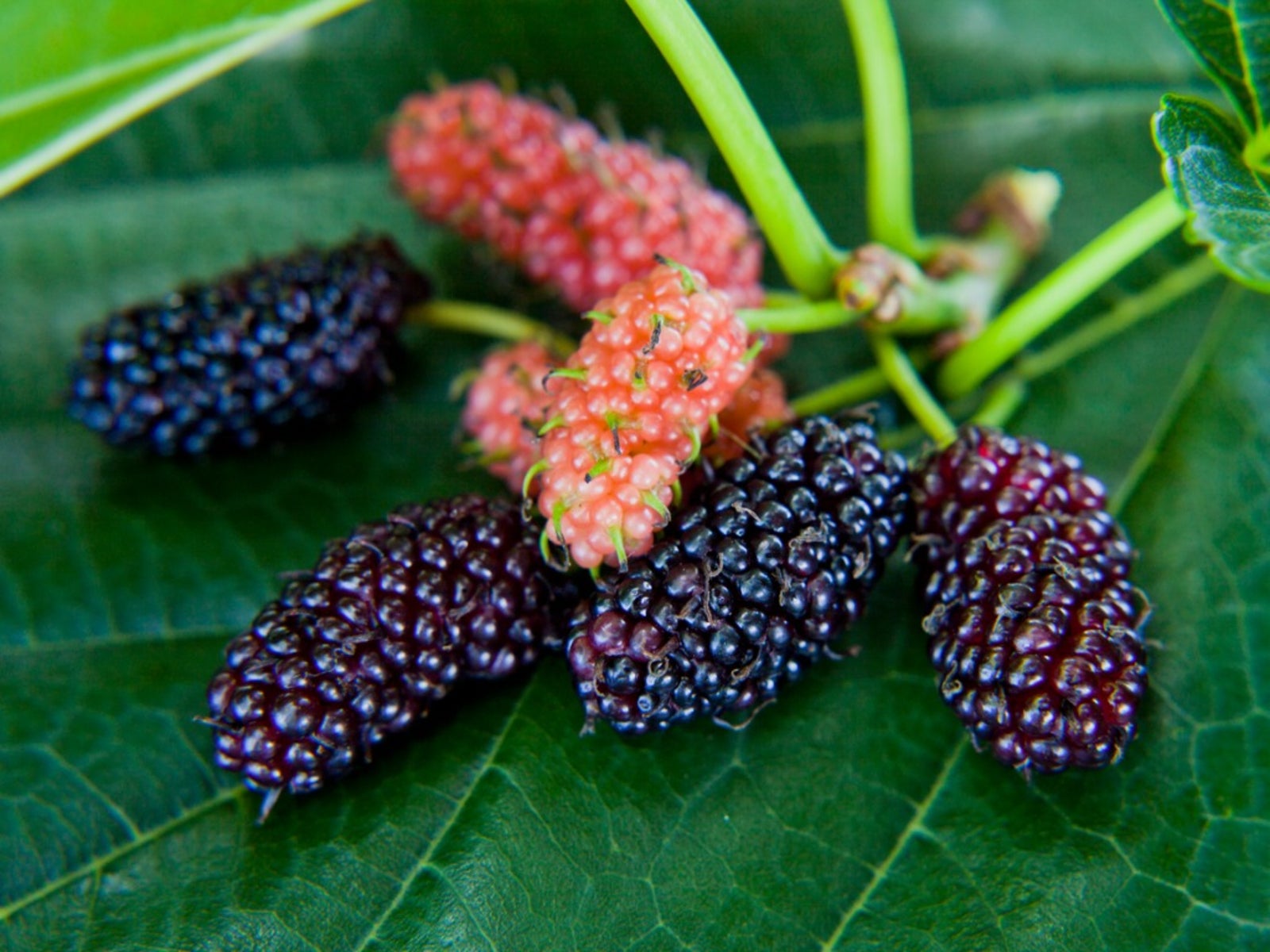 Mulberry Fruit Drop: Reasons For A Mulberry Tree Dropping Fruit
Mulberry Fruit Drop: Reasons For A Mulberry Tree Dropping FruitFruit drop in mulberry trees is very common. These heavy bearers are prone to heavy mulberry fruit drop and can create quite a mess. Learn more about what causes this in the following article. Click here.
By Amy Grant
-
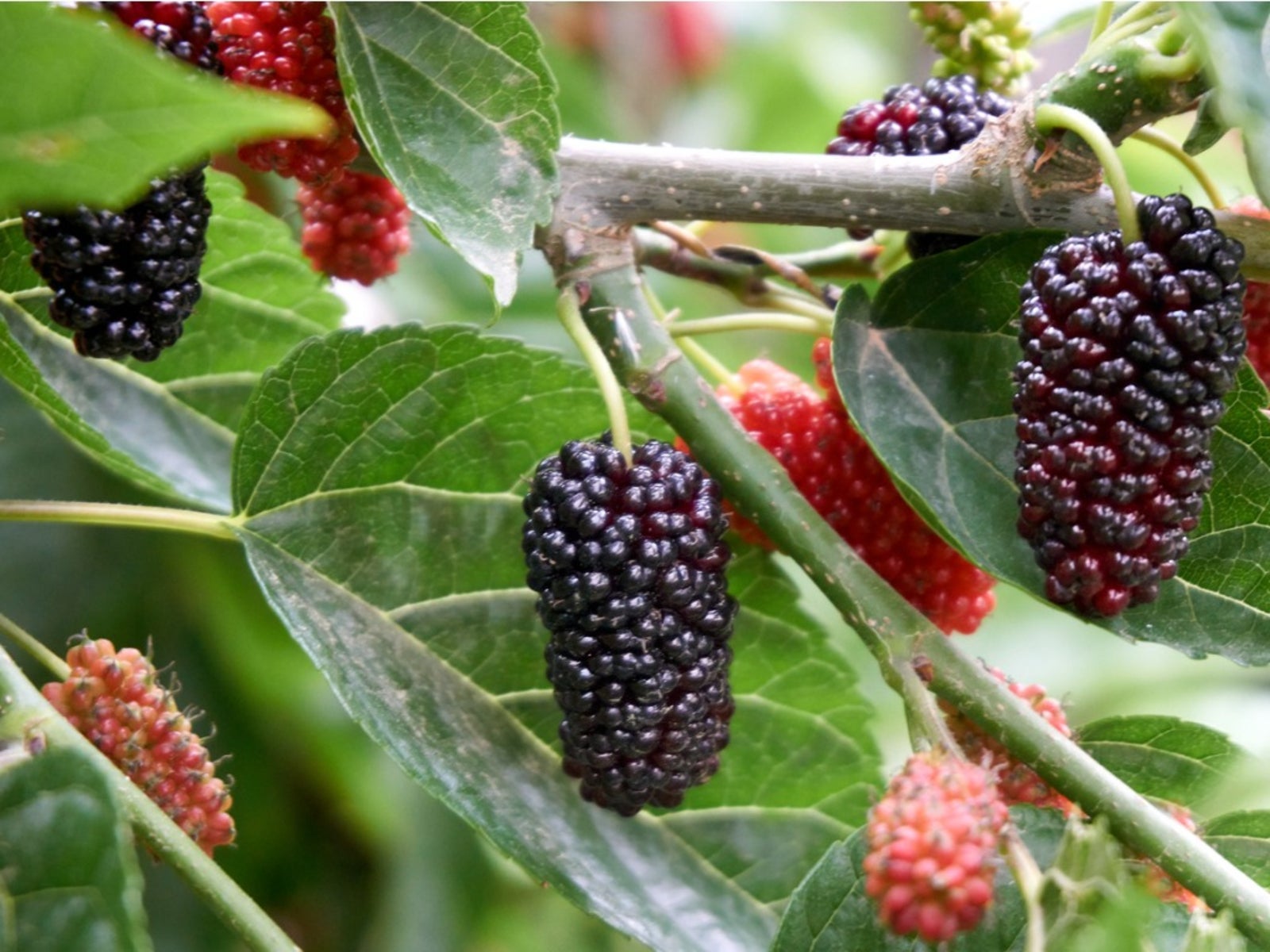 Mulberry Fruit Tree Sterilization: How To Stop A Mulberry From Fruiting
Mulberry Fruit Tree Sterilization: How To Stop A Mulberry From FruitingIf you have a mulberry that fruits, you may be well aware of the mess the fruit can create. Wondering how to stop a mulberry from fruiting, however, can be explained here.
By Amy Grant